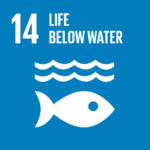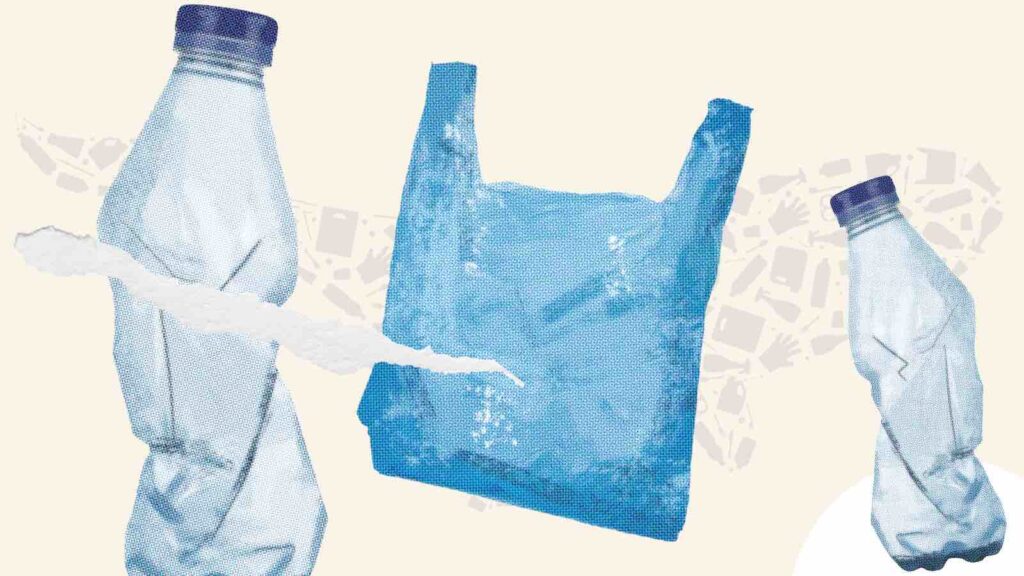Mark your calendars for a new environmental milestone: for 2023, Plastic Overshoot Day lands on July 28th.
This date marks the critical point when the volume of plastic produced worldwide outpaces the Earth’s capacity to manage it effectively, a vivid representation of our escalating global plastic crisis.
Earlier this year, Swiss NGO Environmental Action (EA) released a report illuminating the depth of this crisis. As of 2023’s onset, over 40% of the global population resided in regions where the generation of plastic waste exceeded manageable limits. By today, that number has spiked to 60%.
RELEVANT SUSTAINABLE GOALS



Plastic Overshoot Day 2023
The Plastic Overshoot Day represents the point when the amount of plastic waste regenerated exceeds the world’s capacity to manage it.
Although each country has its own day, this year, the volume of plastic waste will overshoot the volume that global waste systems can manage is on July 28th.
This means that in th first 208 days of 2023, the plastic waste is well managed by being incinerated, recycled, or deposited in a sanitary landfill. However, beyond this point, waste management facilities are not able t manage the plastic leading it to going to landfill and into nature.
At the end of 2023, it is projected that 158,943,925 tonnes of plastic waste will be generated, with 43%of it being mismanaged. This mismanagement is then expected to result in an additional 68,642,999 tonnes of plastic waste ending up in our ecosystems.
The global average plastic consumption per person per year is 20.9 kilos, indicating the massive scale of our plastic problem. Each country has its Plastic Overshoot Day, highlighting the stark disparities in waste management practices worldwide.
Statistics on Plastic Overshoot
Currently, 43 percent of all plastic waste worldwide is improperly handled, and by the close of 2023, the total unmanaged waste predicted to wind up in the natural environment is projected to surpass a staggering 68.6 million tonnes.
On average, every individual on the planet consumes 20.9 kilograms of plastic each year, with the highest consumers using up to 50 times more than those on the lower end. Plastic Overshoot Day varies from country to country, reflecting each nation’s ability to manage the amount of plastic waste it generates, as gauged by its Mismanaged Waste Index. For the United States, this day falls on November 30th. Environmental Action (EA) has categorized countries into 10 distinct archetypes, representing:
- The volume of plastic generated and used by the population,
- The efficiency in managing plastic when it becomes waste,
- The amount of plastic waste exported and imported,
- The effectiveness of managing imported waste once it reaches the country.
Polluter Archetypes
Here are some examples of the archetypes:
- Transactors (9%): These 17 European nations, along with Australia, Canada, Singapore, and the UK, have struck a balance between exporting and importing waste. This arrangement has optimized their waste management systems, resulting in minimized mismanaged waste and plastic leakage.
- Self-Sustainers (10%): These nations, including 22 island countries across Asia and the Caribbean, as well as China, have a medium to high plastic consumption rate but are self-reliant in waste management. They primarily use sustainable infrastructure to manage waste.
- Strugglers (18%): Comprising 42 territories—many in Africa, the Middle East, Asia, and numerous island nations—these countries grapple with managing their domestically produced waste due to inadequate infrastructure or ineffective waste management policies, despite not exporting much of their waste.
- Overloaders (3%): Countries like Barbados, Iceland, Israel, South Korea, Malta, Spain, and the United States, identified as Overloaders, have high plastic consumption and export significant amounts of waste. While they manage their waste efficiently, they don’t import in exchange, which potentially burdens other countries’ waste management systems.
- Toxic Exporters (5%): These twelve high-plastic-consuming nations often offload their waste to places lacking proper waste management infrastructure, which exacerbates plastic pollution in those countries.
- Waste Sponges (25%): These 42 countries, most of which are in Africa, Asia, Eastern Europe, and the Middle East, absorb waste from other countries while struggling to handle their domestic waste.
- Waste Saviors (4%): These nine moderate plastic-consuming countries not only manage their waste efficiently but also help handle waste from other countries, thereby contributing positively to the global waste crisis.
Plastic Overshoot Day marks the critical point when our collective demand for plastic surpasses the capabilities of waste-management systems to handle it effectively. Today, we acknowledge this pivotal moment along with the pressing challenges brought about by excessive plastic production and utilization, and inadequate waste-management practices and infrastructure. The consequences reverberate across ecosystems — with plastic pollution inundating our oceans, threatening wildlife and endangering human health.
You may also be interested in :
Invisible Eco-Warriors : The Plights Of Waste Collectors Across Emerging Economies


